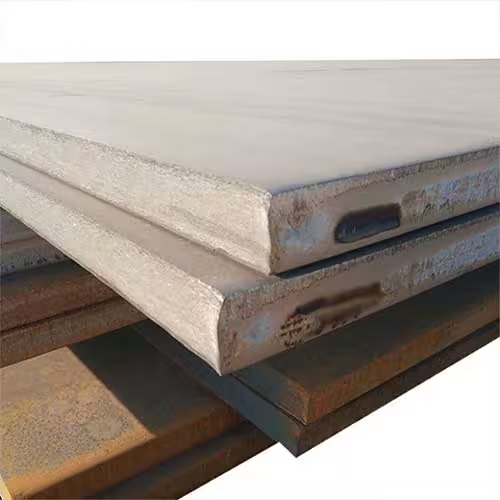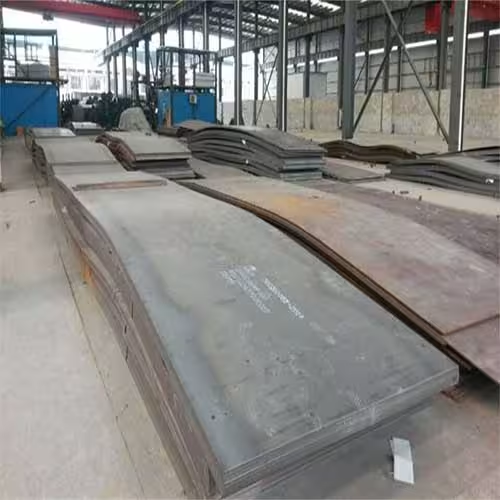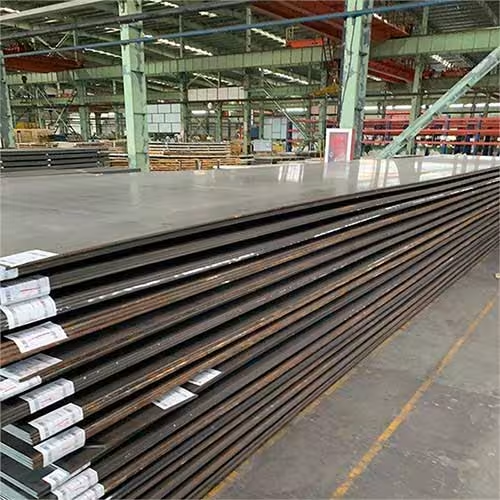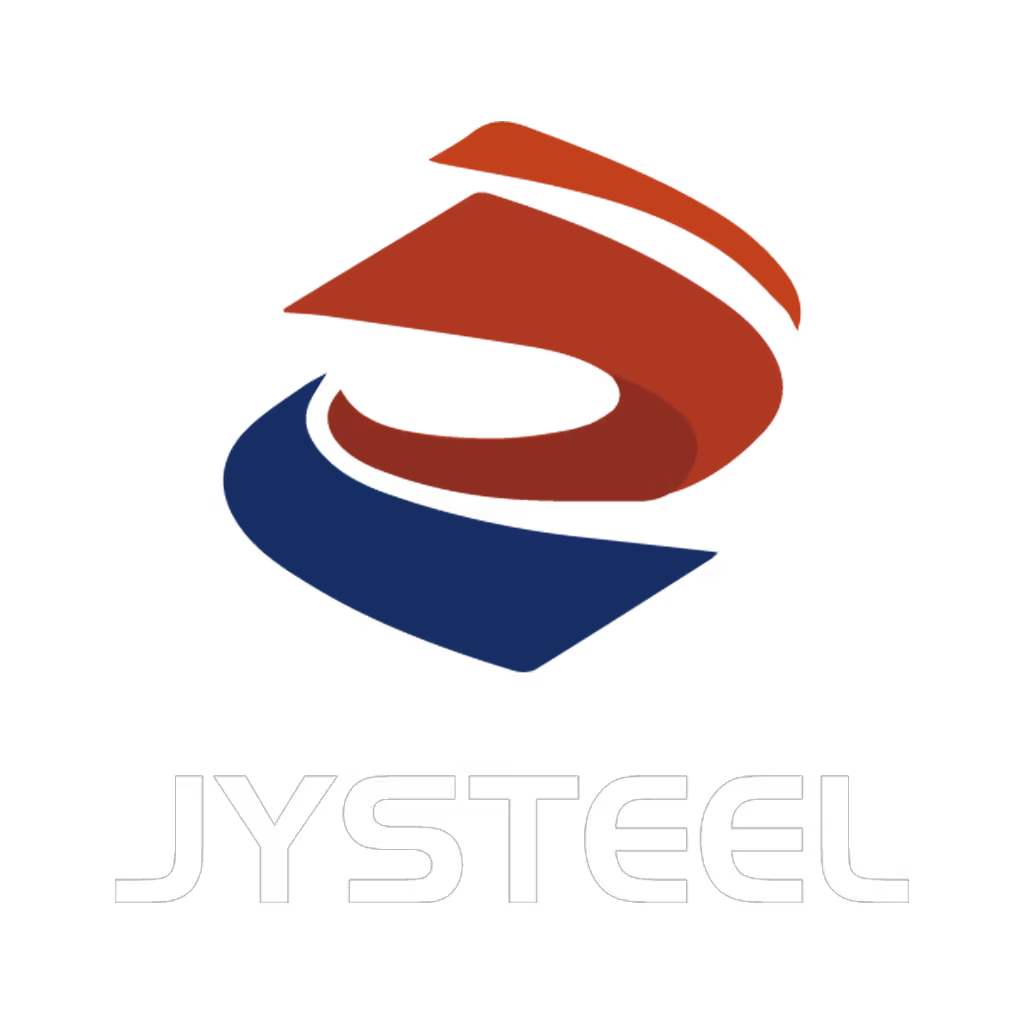Welcome to My Blog!
Before we dive into the content, I’d love for you to join me on my social media platforms where I share more insights, engage with the community, and post updates. Here’s how you can connect with me:
Facebook:https://www.facebook.com/profile.php?id=61565500692293
Now, let’s get started on our journey together. I hope you find the content here insightful, engaging, and valuable.
Table of Contents
Introduction

In outdoor construction, selecting the right material means finding the ideal balance between durability, visual appeal, and long-term maintenance. Weathering steel plate stands out as a top choice among structural materials, especially for outdoor structures exposed to changing weather conditions. Unlike traditional steel, weathering steel develops a stable rust-like patina that protects the material from further corrosion. This self-sealing quality not only enhances its longevity but also adds a rustic charm that architects and builders appreciate.
This blog will walk you through what makes weathering steel plate so unique, how it compares to other commonly used materials, and why it might just be the perfect fit for your next project.
Understanding Weathering Steel Plate: Composition and Properties
Weathering steel, often referred to in general terms as corrosion-resistant steel, is a type of steel alloy engineered to form a protective layer when exposed to the elements. This layer, known as a patina, develops over time and serves as a shield against further corrosion. It contains specific alloying elements such as copper, chromium, nickel, and phosphorus, all of which help create this naturally forming protective barrier.
Key Attributes of Weathering Steel Plate
- Corrosion Resistance: Its patina prevents moisture and oxygen from penetrating deeper into the metal, significantly slowing down the rusting process
- High Structural Strength: Ideal for load-bearing outdoor structures like bridges, building frames, and public installations
- Low Maintenance: No painting or coating is needed once the protective layer forms
- Sustainable and Recyclable: Contains recycled content and can be fully recycled after use
- Natural Aesthetic Appeal: Blends harmoniously into natural and urban landscapes thanks to its earthy tones and evolving surface texture
Benefits of Using Weathering Steel Plate for Outdoor Structures

Extended Lifespan in Harsh Conditions
Weathering steel plate is built to last. It holds up impressively well in environments with alternating wet and dry conditions. Structures made from this steel can easily surpass 40 years of service without major corrosion issues. The patina continues to regenerate, giving the structure consistent protection over time.
Cost Efficiency Over the Long Term
Although the upfront cost may be slightly higher than traditional steel, the long-term savings are substantial. Weathering steel eliminates the need for frequent repainting or rust treatment. Reduced labor and maintenance make it a cost-effective option for public infrastructure and private developments alike.
Strong Visual Impact
The visual appeal of weathering steel cannot be overstated. Its natural patina transforms over time, going from bright orange to deep brown, giving outdoor structures an organic, living quality. This aesthetic quality makes it a popular choice in architectural designs, landscape features, and sculptures.
Environmental Responsibility
Weathering steel supports sustainable construction practices. Since it doesn’t require chemical coatings or finishes, it reduces environmental emissions. Additionally, it’s fully recyclable, helping reduce construction waste.
Versatility Across Applications
Weathering steel plate is used in everything from bridges and railings to building facades and public artworks. Its strength, flexibility, and aesthetic value make it suitable for both functional and decorative uses.
Comparison Table: Weathering Steel Plate vs Other Materials
| Feature | Weathering Steel Plate | Galvanized Steel | Stainless Steel |
|---|---|---|---|
| Corrosion Resistance | High (via protective patina) | Moderate (zinc coating) | Very High (alloy-based) |
| Maintenance Requirements | Low | Medium | Low |
| Lifespan | 40–60+ years | 20–30 years | 50+ years |
| Visual Aesthetic | Rustic, evolving finish | Industrial, bright finish | Polished, modern look |
| Initial Cost | Moderate | Lower | Higher |
| Environmental Impact | Low (no coatings, recyclable) | Medium (zinc runoff possible) | Low (recyclable) |
Real-World Applications of Weathering Steel Plate
Infrastructure and Transportation
Weathering steel is a favorite for highway bridges, rail infrastructure, and pedestrian walkways. Its ability to handle heavy loads and adverse weather makes it ideal for such demanding environments.
Building Facades and Roofing
Architects often specify weathering steel for building exteriors. Whether used as cladding, siding, or roofing, it provides a distinct visual element that changes over time, giving buildings character and depth.
Public Art and Sculpture
Public art installations made from weathering steel not only stand the test of time but also continue to evolve aesthetically. Sculptors appreciate the rich tones and organic textures that develop naturally.
Landscaping and Garden Structures
In landscaping, weathering steel is used for retaining walls, planters, edging, and garden screens. Its raw, earthy appearance complements both urban and natural gardens.
Railings and Fencing
Weathering steel is also used for railings, fencing, and outdoor furniture. It combines the strength needed for safety with the aesthetic flexibility for design-forward projects.
Things to Consider Before Using Weathering Steel Plate

- Climate Suitability: Performs best in environments where it can dry out between wet cycles. Constant humidity or marine conditions may hinder the formation of the patina
- Runoff Staining: Water runoff may cause rust stains on nearby surfaces such as concrete or stone. Strategic drainage planning is recommended
- Structural Design Adaptations: Expansion and contraction due to temperature changes should be factored into design specifications
- Welding Practices: When fabricating, compatible welding wires and procedures are necessary to maintain corrosion resistance across all seams
Conclusion
If you’re looking for a structural material that offers longevity, minimal upkeep, and a visually appealing finish, weathering steel plate is a top contender. It’s especially well-suited for outdoor applications where the structure is meant to stand up to the elements and still look beautiful after decades of use. Its performance, sustainability, and low total cost of ownership make it a smart and future-ready choice for designers and engineers alike.
Before making your final decision, consider the climate conditions of your project site and consult with professionals familiar with weathering steel fabrication and installation.
FAQ
How long does it take for the patina to form on weathering steel?
The patina usually begins to form within a few weeks of exposure and typically stabilizes within 1–3 years, depending on the environment.
Can weathering steel be painted if desired?
Yes, but it’s generally not recommended since painting defeats the purpose of using weathering steel. If painted, it should be properly prepared and coated.
Is weathering steel suitable for humid or coastal environments?
Not ideally. Constant humidity or marine environments can prevent the protective patina from forming correctly, which can lead to ongoing corrosion.
What’s the maintenance requirement for weathering steel structures?
Weathering steel is low-maintenance. Aside from occasional inspections and clearing debris, it generally does not require further treatment once the patina is formed.
Can weathering steel be used for structural load-bearing applications?
Absolutely. It’s commonly used in bridges, building frameworks, and structural components, provided it’s engineered correctly and installed in appropriate environments.

